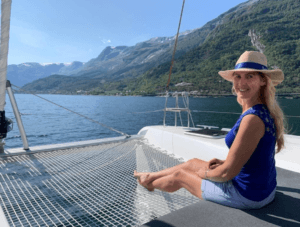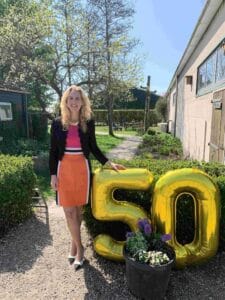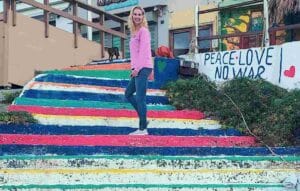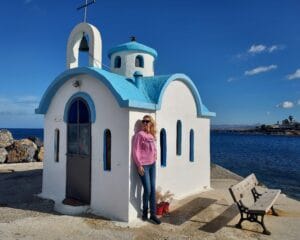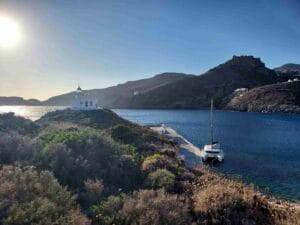After a wonderful winter period of 8 weeks on Crete (winter here lasts until April 1st!), we sailed to Athens via the Cyclades. From there, we would fly to the Netherlands to give training sessions and visit family.
The distance between Crete and Athens isn’t that great — about 130 nautical miles, which is around 230 kilometers — and we chose to visit four lesser-known islands in the western Cyclades during our sailing trip (well-known islands are Santorini and Mykonos):
- Milos
- Serifos
- Kythnos
In this blog, we’ll take you along on our journey through the Cyclades visiting these four islands, and we’ll also share what we saw along the coast near Athens!
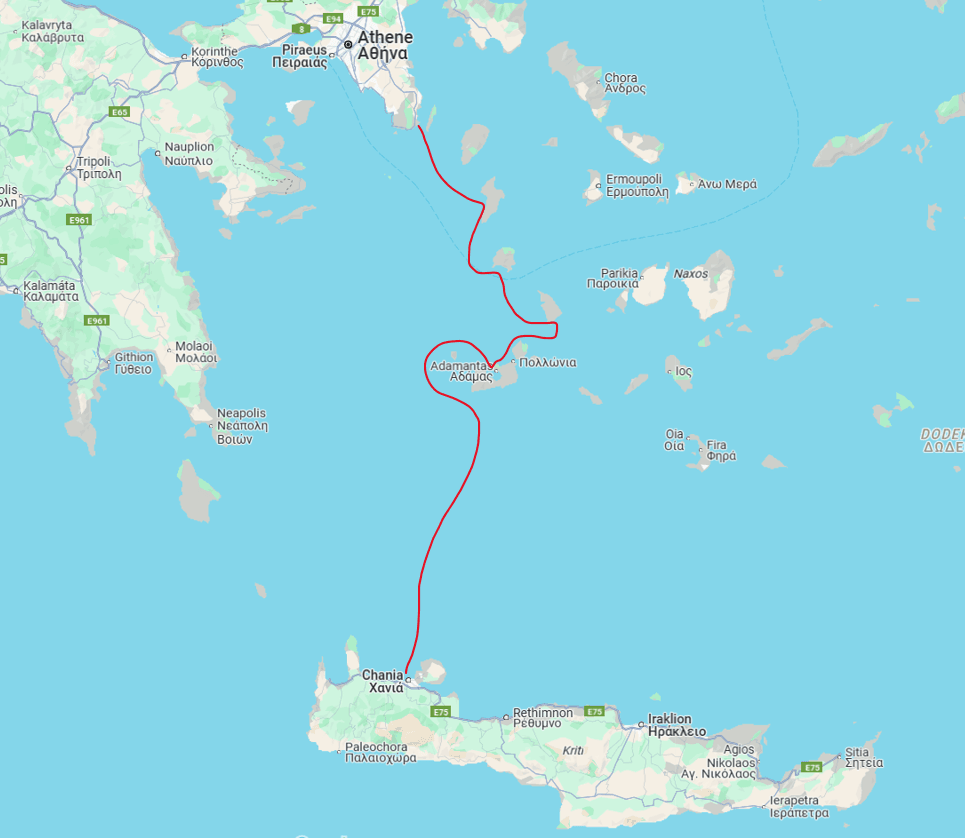
About the Cyclades
The Cyclades are one of the most famous island groups in Greece, located in the Aegean Sea, southeast of the Greek mainland. They consist of about 220 islands, of which around 25 are inhabited.
The name “Cyclades” comes from the Greek word kyklos (κύκλος), meaning “circle” — because the islands lie roughly in a circle around the sacred island of Delos, which was an important religious center in ancient times.
The group is popular among sailors because the distances between the islands are usually about 10 to 30 nautical miles — about 2 to 6 hours of sailing. Each island has its own atmosphere, culture, and landscape. On many islands, you’ll find the famous whitewashed houses with blue doors and roofs.
The Meltimi wind is a strong wind that blows from north to south, especially during summer, often reaching 5 to 7 Beaufort. It’s popular among sporty sailors who love speed but can also be tricky for less experienced sailors or tourists who might get caught off-guard in unprotected harbors.
To Milos
We chose a time when the Meltimi wasn’t blowing but when favorable winds from the west and south were present. This first leg from Crete to Milos took 12 hours of sailing!
As we entered the harbor, we immediately loved it! The well-known white houses with blue accents stood out beautifully.
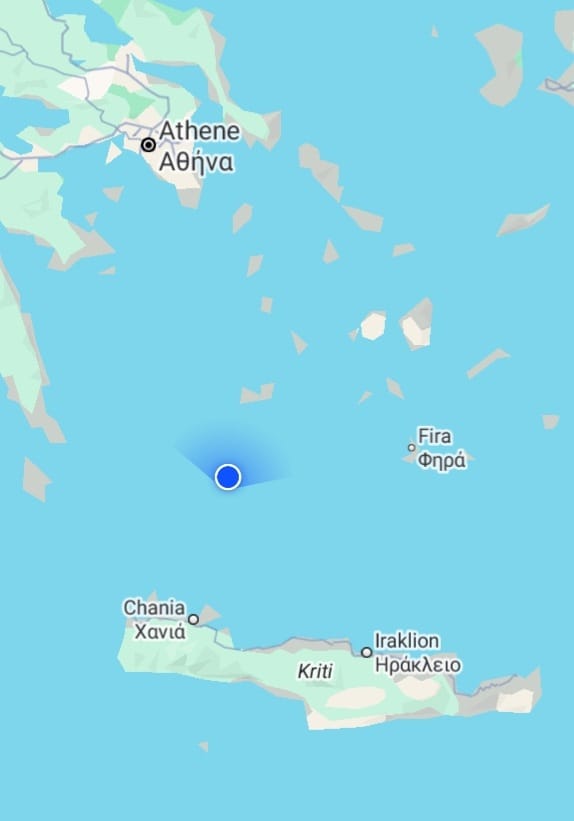
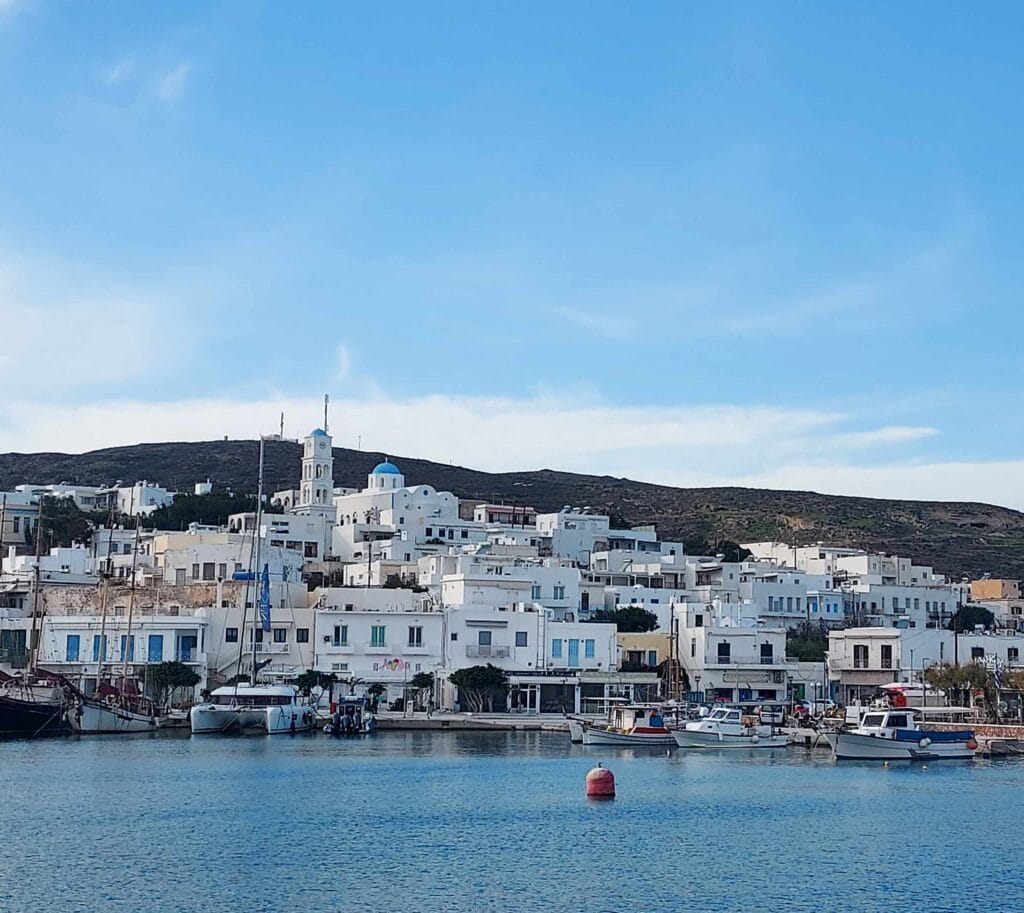
The Venus of Milo
The famous statue of Aphrodite was found here, now known as the Venus of Milo and housed in the Louvre. In 1820, a Greek farmer named Yorgos Kentrotas discovered the statue by chance while searching for stones to build a wall near the ruins of an ancient theater. The statue was broken into several pieces and was unearthed along with a few other fragments.
A French naval officer, Olivier Voutier, witnessed the discovery and played a role in the acquisition of the statue by France.
The Venus of Milo is a marble statue about 2.02 meters tall and is believed to represent the Greek goddess Aphrodite (Roman Venus). It dates back to the Hellenistic period, likely between 150 and 125 BC, and is attributed to the sculptor Alexandros of Antioch.
Its missing arms are particularly famous; fragments of an arm and a hand holding an apple were found, suggesting the statue originally held an apple.

Shortly after its discovery, the statue was transported to France and gifted to King Louis XVIII, who then donated it to the Louvre. Since then, the Venus of Milo has been one of the museum’s highlights, attracting millions of visitors each year.
At the discovery site on Milos, there’s little to see except for an information board, but a plaster replica of the Venus is displayed in the museum in Plaka, the main town on Milos.
Colorful Fishermen’s Houses
We were particularly charmed by the village of Klima in the south of Milos, where you can see the famous fishermen’s houses with colorful doors, called syrmata.
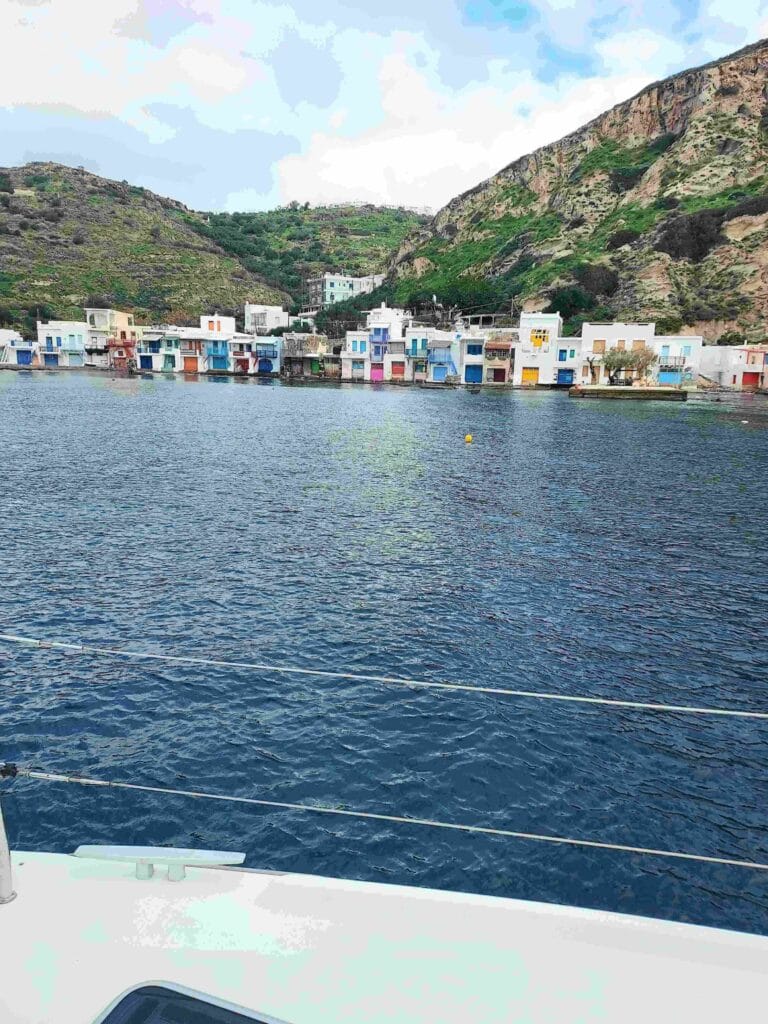
These houses are built into soft rock caves where fishermen in the past century stored their boats to protect them from the harsh wind and waves.
The ground floor was used for storing boats (especially in winter), and the fishermen lived on the upper floor, where they had a living room and a sleeping area.
We made a video of these iconic houses:
When we sailed to the small island of Kimolos, just north of Milos, we could also admire these colorful fishermen’s houses up close in the bay.


Serifos
Our next island in the Cyclades was Serifos.
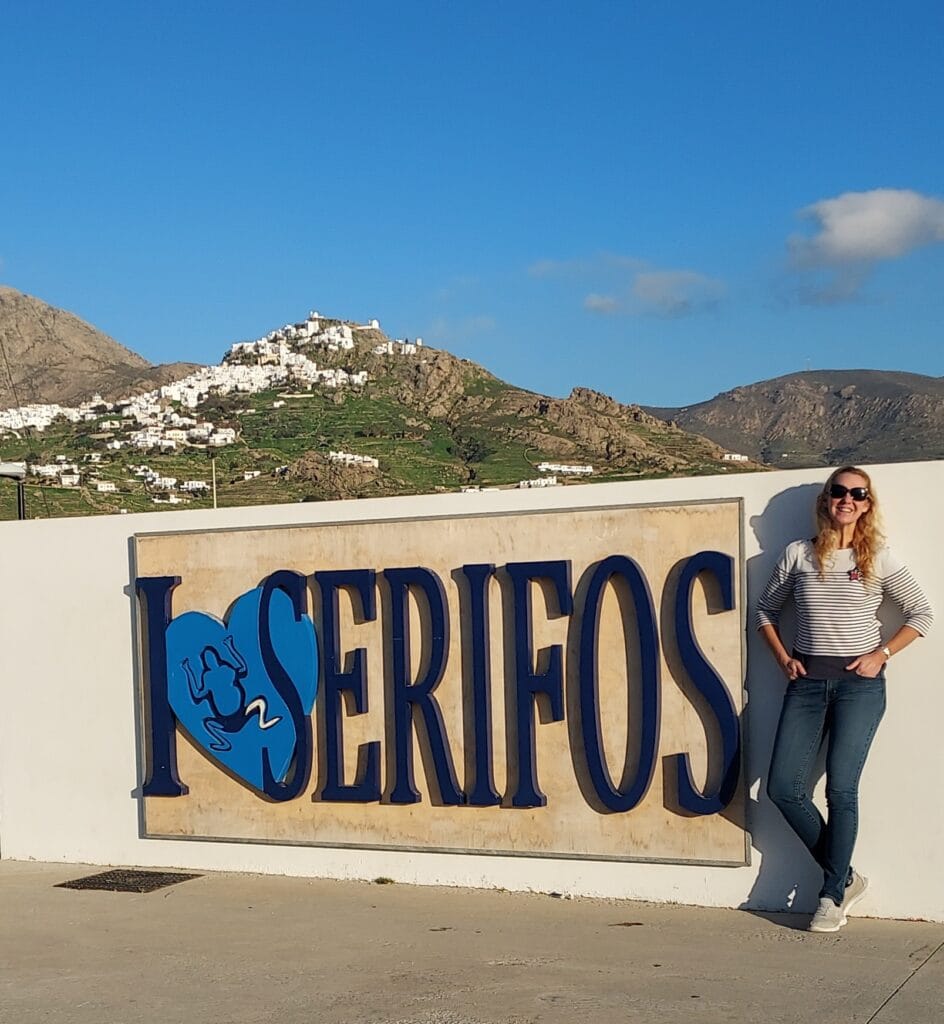
Mountains and hills alternate with fertile valleys and plains on Serifos, and the island has plenty of greenery and water.
In the past, gold and iron were mined here. The old mines in Livadi, where we stayed in the cozy harbor, brought prosperity to the islanders, although working conditions were unfortunately very poor.
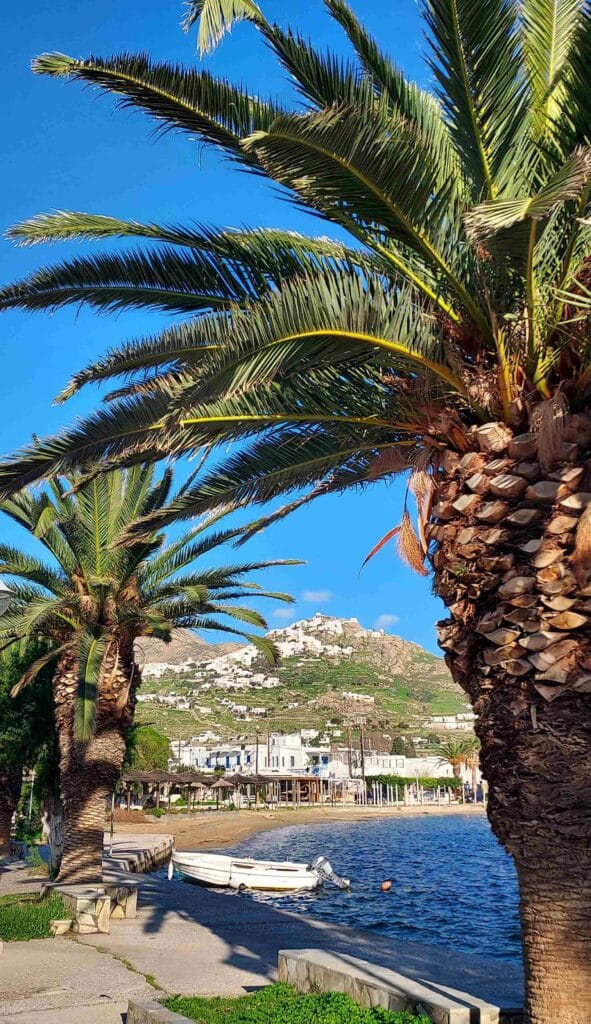
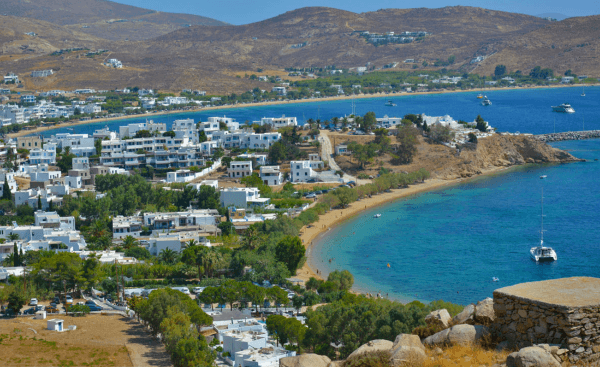
Kythnos
Our final stop in the Cyclades was Kythnos, located further north where you can already see the mainland, including Athens.
This island has a very peaceful atmosphere, is less hilly than Serifos, and is comfortably arranged.

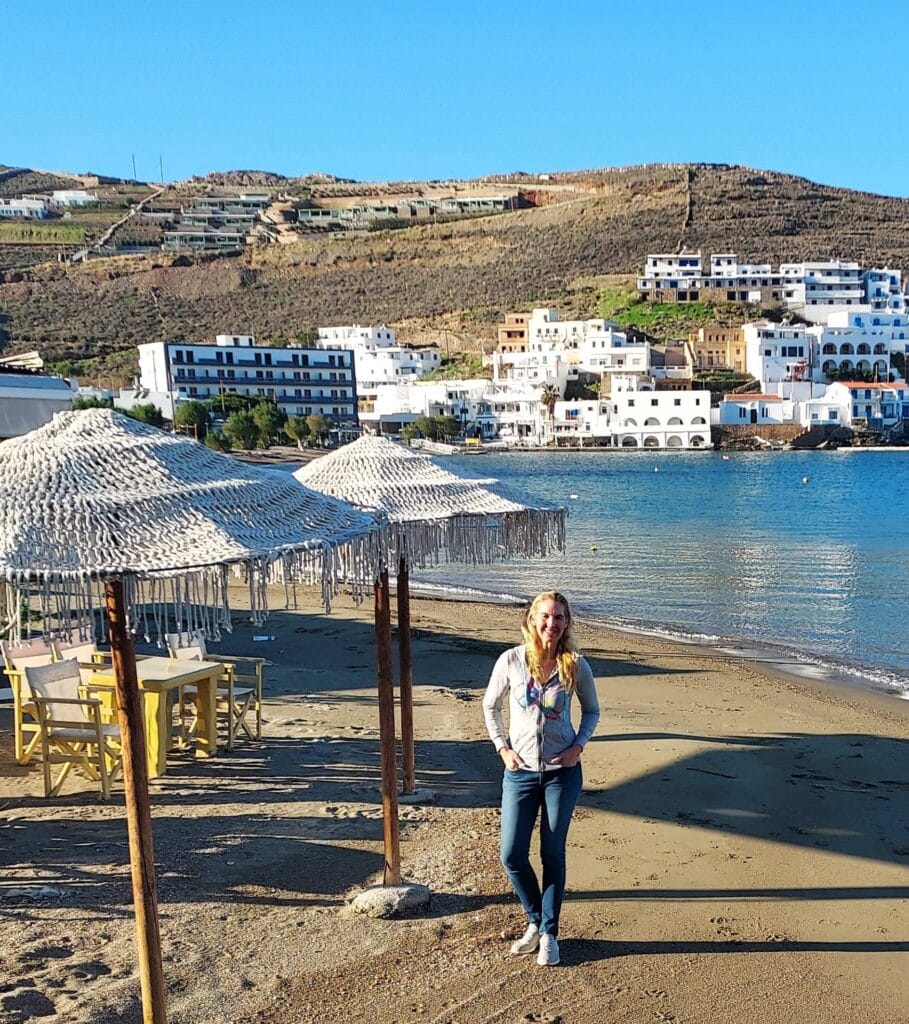
What struck us on all the islands during this period is that we didn’t have to pay harbor fees, had to search a bit for water and electricity, but usually found someone willing to switch on the power for us.
Mainland near Athens: Lavrio
We then sailed to the mainland. Unfortunately, this last crossing was less comfortable: we had to motor against the waves because the Meltimi wind had picked up strongly from the north.
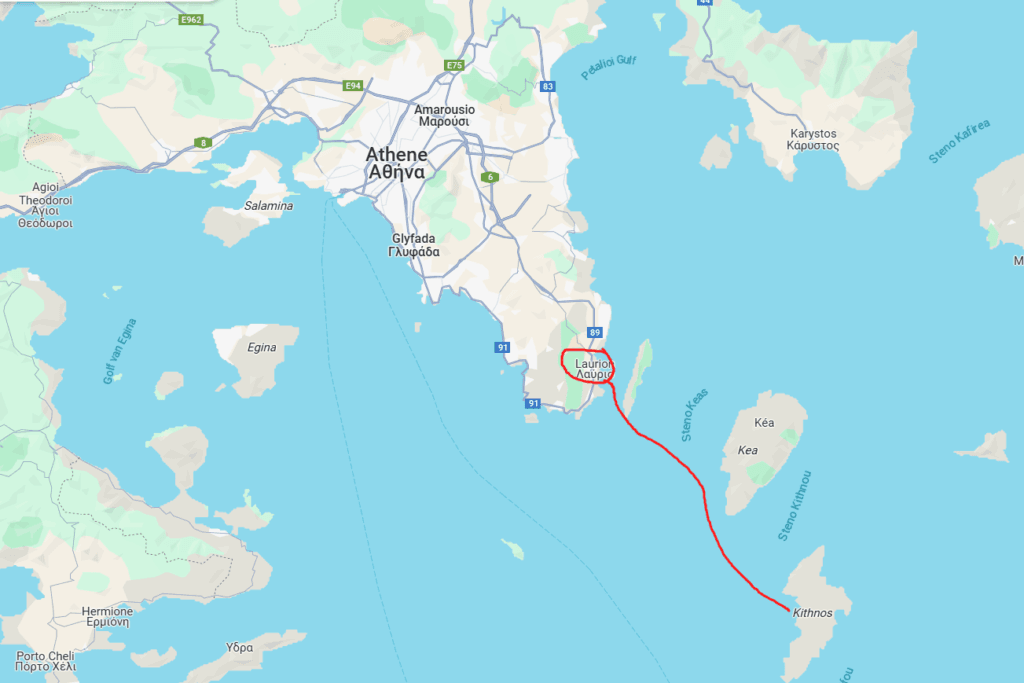
We were very happy to reach the well-sheltered harbor of Lavrio (at the southeastern tip under Athens).
After weeks of peaceful islands where we were often the only boat arriving — surprising the locals — we now entered a bustling suburb of Athens! Supermarkets open, many restaurants and terraces, lots of traffic. All the stimuli — we had to switch gears quickly to adjust to the lively town!

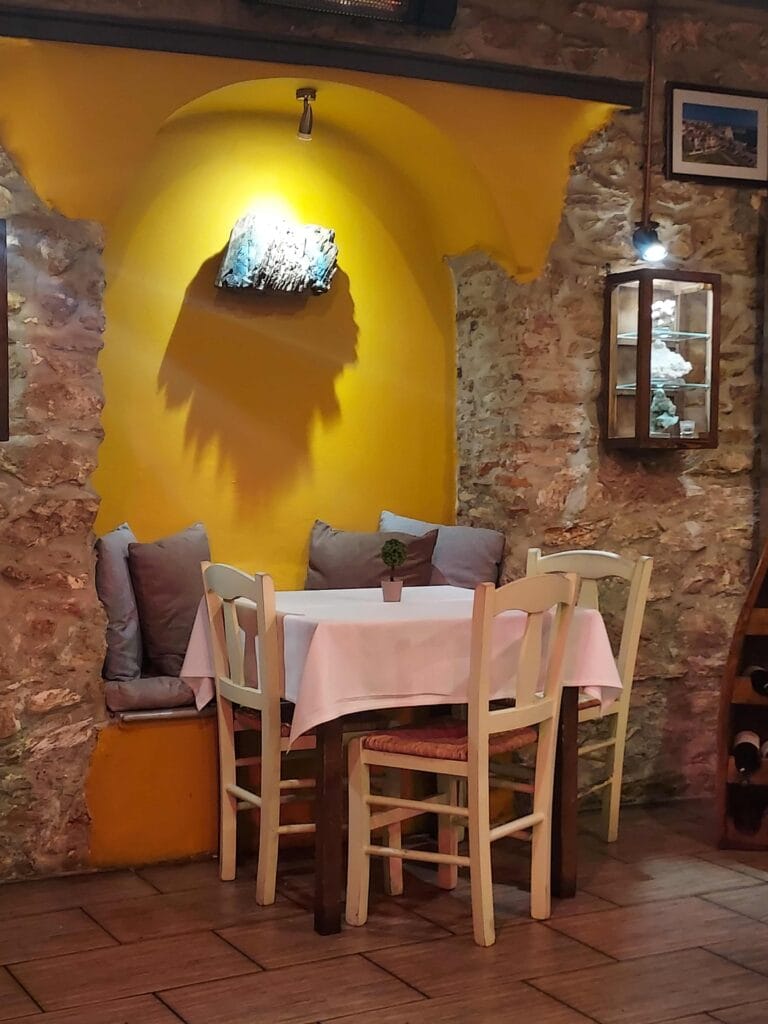
Welcome aboard: Machiel and Marianne!
We welcomed Machiel and Marianne aboard our boat in Lavrio. They recently bought a Lagoon 40 to live and work aboard like we do. They currently live in France, but in the summer of 2025, they will pick up their catamaran in Friesland.
They plan to modify their boat in April/May with, for example, a generator and other technical upgrades.
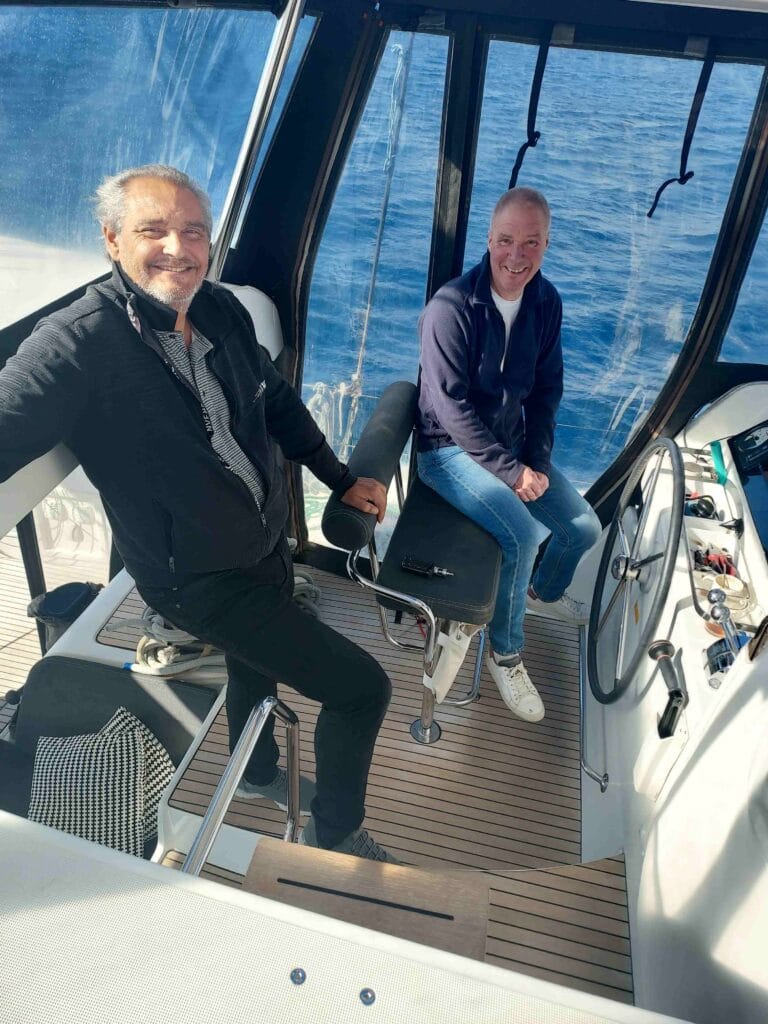
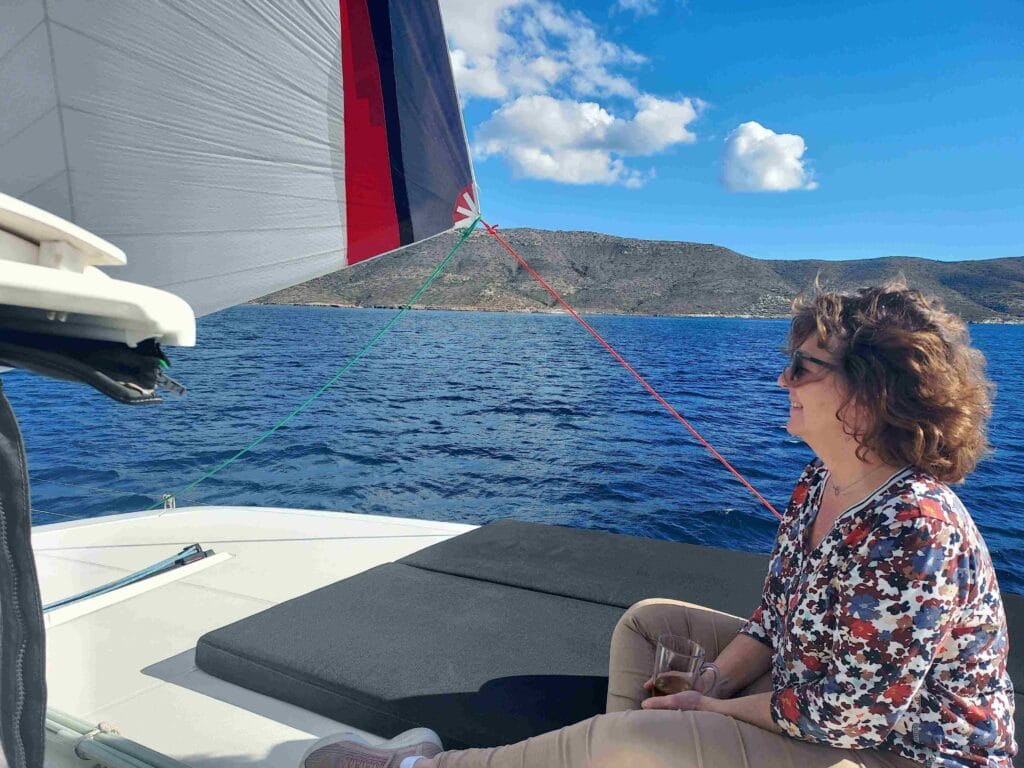
We met them at the Hiswa boat show over two years ago, stayed in touch, and they asked if they could come aboard (and sail) with us to learn.
It turned into three very enjoyable days, during which we discussed a lot about living and working aboard!
I was delighted with the enthusiastic review they left in our guestbook!

Cape Sounion
Lavrio is rich in history and feels like an open-air museum. About 10 kilometers south of the town, at the very tip of the mainland, stands an ancient Greek temple that was well worth visiting.
We took our e-bike and e-scooter and rode there — the ride itself was already a treat!

High on the cliff above the sea stands the Temple of Poseidon. Standing among the ancient columns, watching the sunset set the Aegean Sea ablaze, we felt our journey was complete.
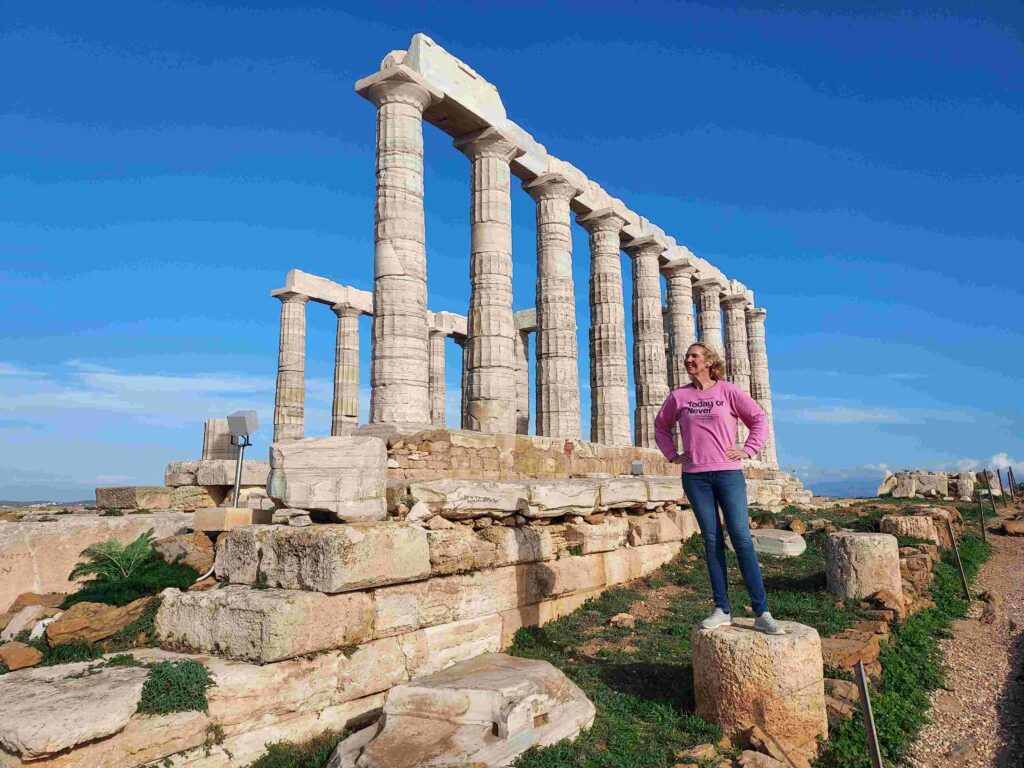
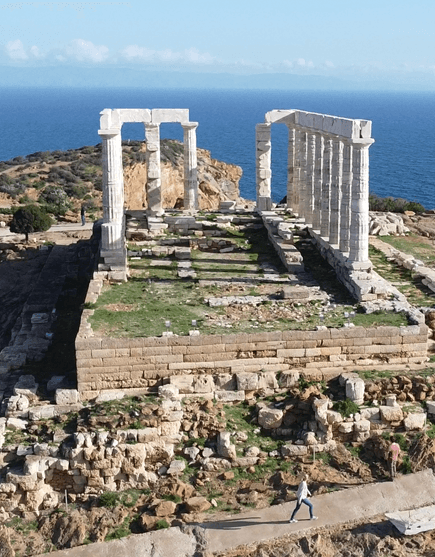
The current temple was built between 444 and 440 BC during Athens’ Golden Age, replacing an earlier 6th-century temple destroyed by the Persians.
It is dedicated to Poseidon, god of the sea, and served as a sanctuary where sailors sought protection for their voyages.
Originally, the temple had 34 columns, of which 16 remain today. Each column is about 6 meters high and made from local marble. In the center of the temple stood a bronze statue of Poseidon that reached up to the ceiling.
Cape Sounion was of great strategic importance to Athens, offering an excellent view of the sea routes and serving as a lookout post for enemy ships. It was also a sacred place where sailors made offerings to Poseidon for safe passage.
We put our drone in the air, so you can see the beautiful location of the this temple:
When we walked back, we saw a very nice restaurant at the border of the cliff, with a view on the temple. We had a lunch an toasted on this wonderful temple and special location!
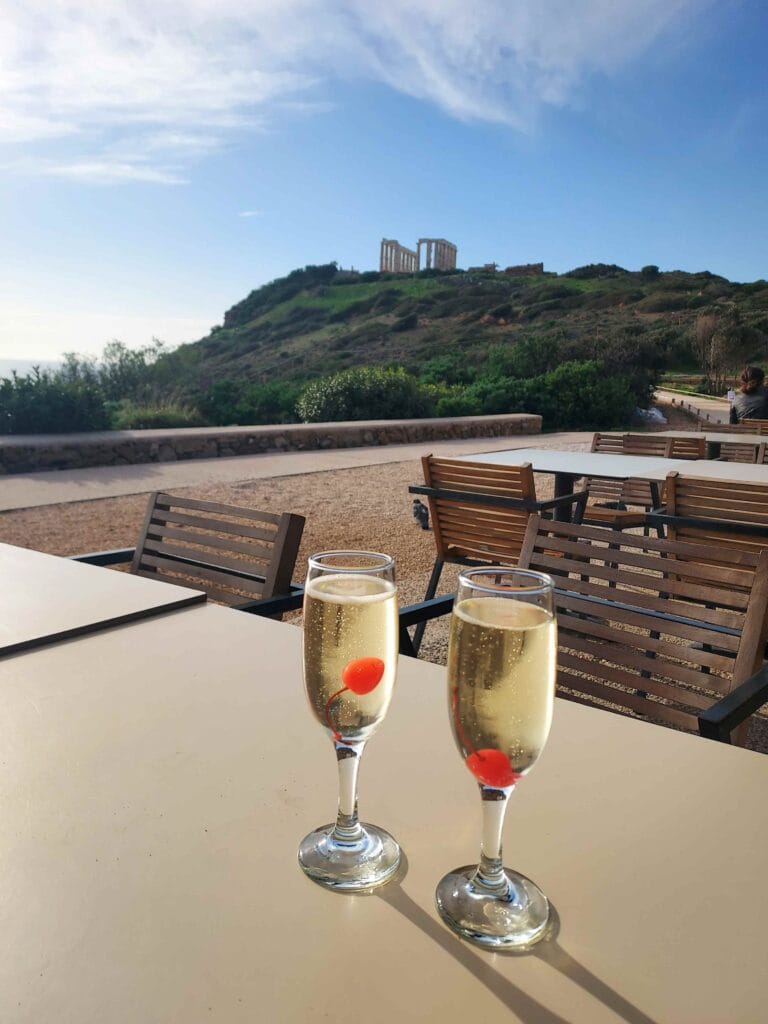
Silver Mines in Lavrio
In ancient times, Lavrio was the heart of Athens’ silver production. The silver mines of Laurion played a crucial role in Athens’ rise as a maritime and economic power in the 5th century BC.
Mining began in prehistoric times but saw a major boost around 483 BC when a rich silver vein was discovered.
Rather than distributing the wealth among citizens, the silver was invested in building 200 warships — essential for Athens’ victory over the Persians.
The silver from Lavrio was mainly used to mint the famous Athenian coins, which were widely spread and strengthened Athens’ trade network.
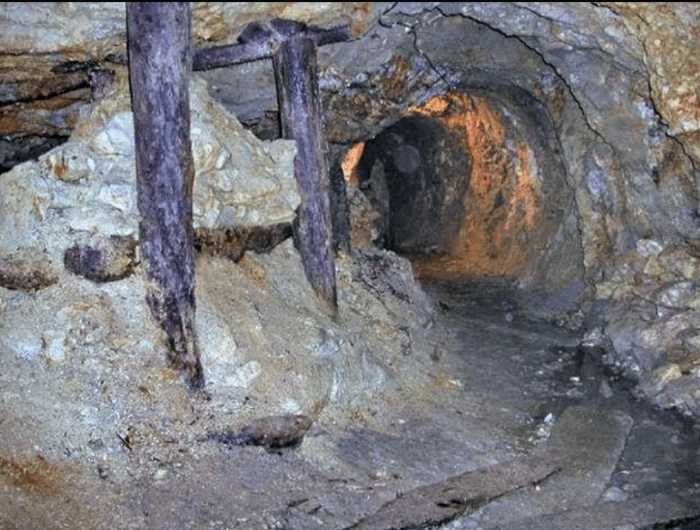

The mines were state-owned but leased to private entrepreneurs who mostly used slave labor. At the peak, about 20,000 slaves worked under harsh conditions.
The extracted ore contained only about 0.1% silver, meaning large quantities of rock had to be processed. Complex installations, such as ore-washing facilities and smelting ovens, were used, and their remains can still be visited today.
We passed by a statue honoring the miners who worked so hard here.


Greek Orthodox Church
While cycling around Lavrio, we also visited a Greek Orthodox church. It reminded me a lot of Roman Catholic churches in the Netherlands, especially due to the richness in decoration.
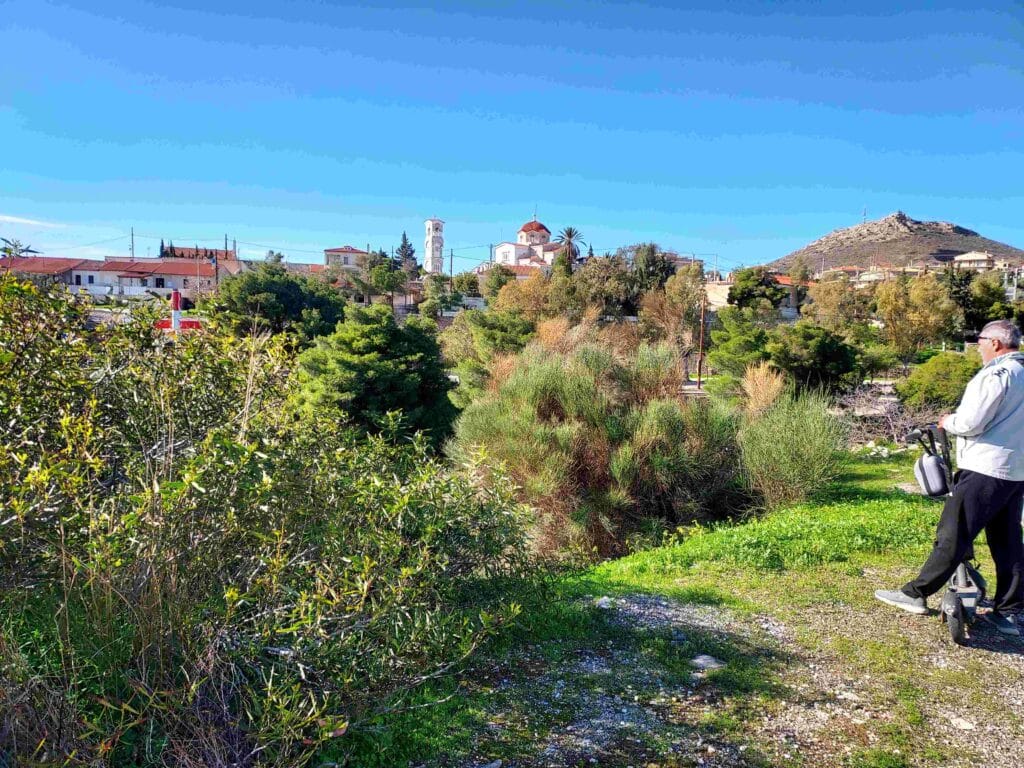
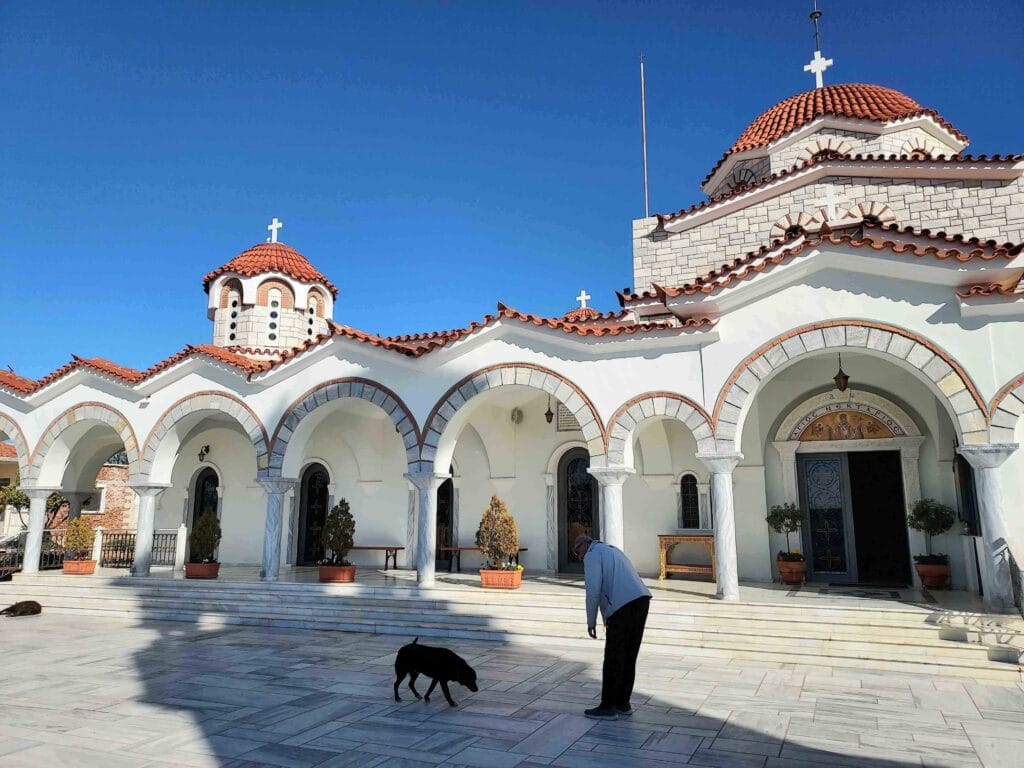
However, there are some big differences:
- The Greek Orthodox Church does not recognize the Pope as the highest authority; each church is independent.
- They do not believe in the Immaculate Conception of Mary, unlike Roman Catholics.
- You see fewer statues here; they mainly use icons (flat images) because they value mystery and want to avoid idolatry.
- Greek priests are allowed to marry and are more integrated into the local population.
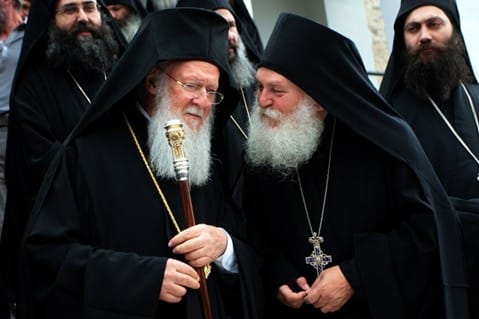
We stepped inside the church, and it was beautiful both inside and out.

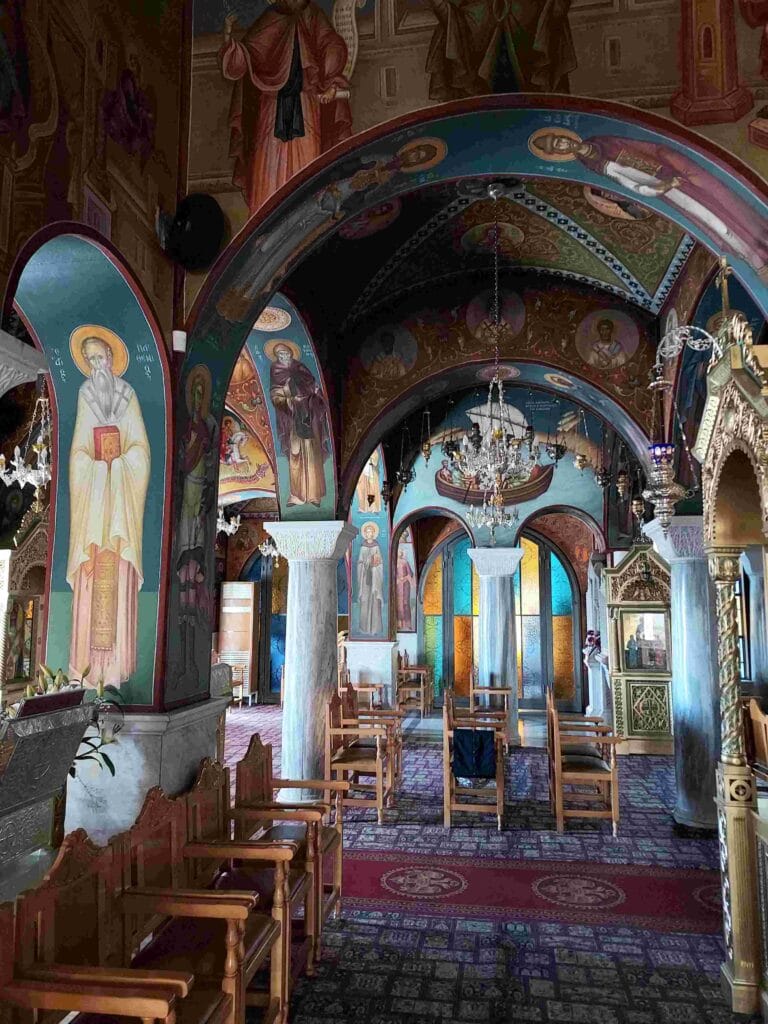
We thoroughly enjoyed visiting this church, Lavrio and its surroundings,
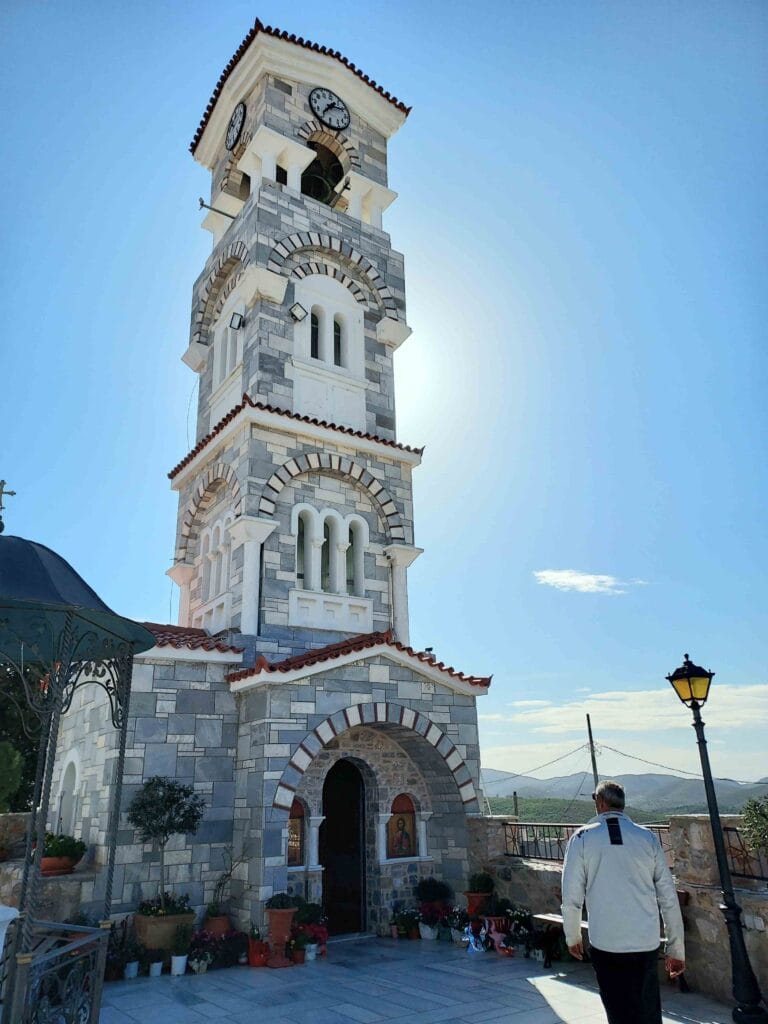

Then it was time to fly to the Netherlands for a busy schedule of training sessions and lovely family and friends visits!

